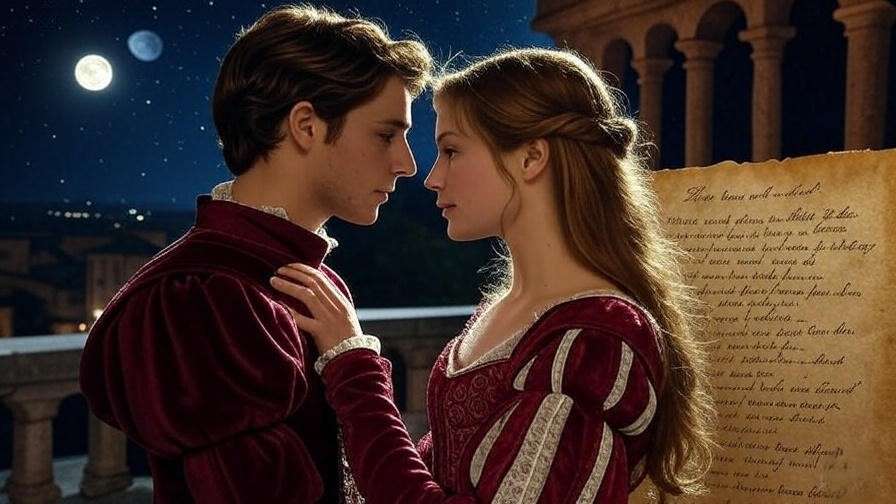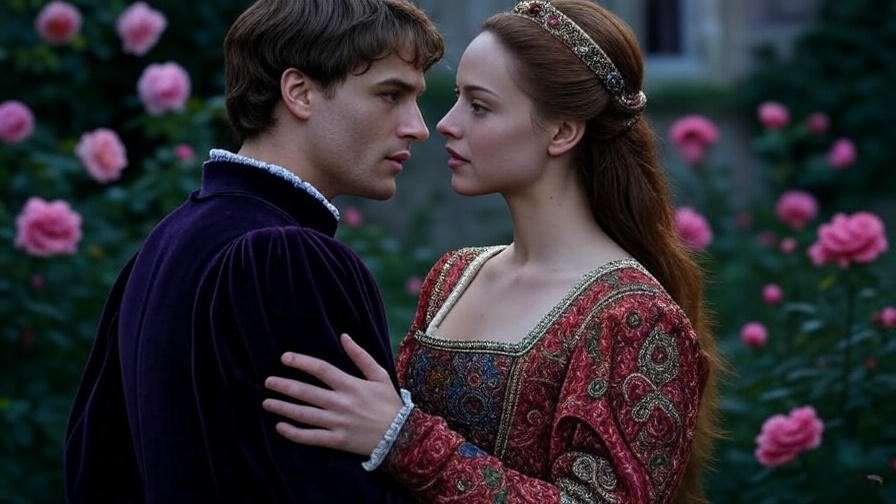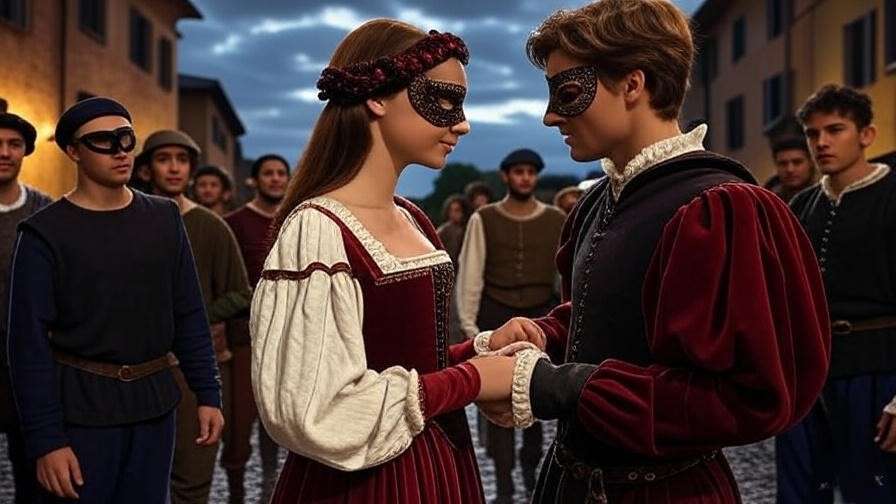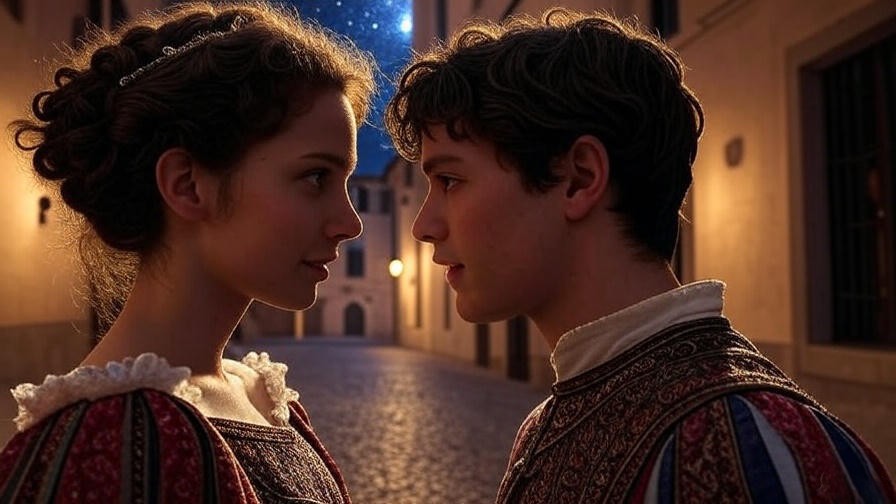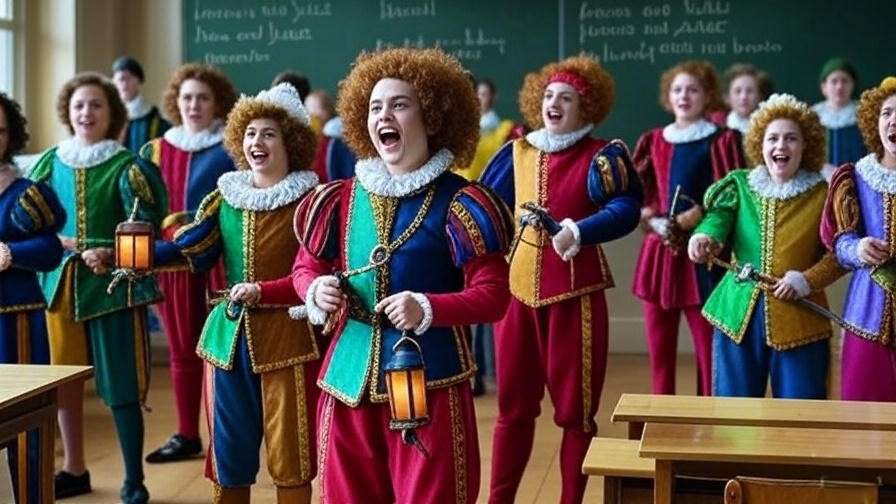What makes a Shakespearean romantic hero unforgettable — the fiery passion of Romeo or the commanding dominance of Petruchio? In the realm of William Shakespeare’s timeless works, few characters spark as much debate as Petruchio from The Taming of the Shrew and Romeo from Romeo and Juliet. These two figures embody contrasting visions of love, yet both captivate audiences with their bold approaches to romance. This article dives deep into the question behind the focus keyword “Petruchio Romeo and Juliet,” clarifying that Petruchio does not appear in Romeo and Juliet while offering a compelling comparison of these iconic characters. As a Shakespeare enthusiast with years of study and theater experience, I’ll unravel their roles as romantic heroes, exploring love, power, and identity through expert analysis, historical context, and practical insights. Whether you’re a student, theatergoer, or literature lover, this comprehensive guide will deepen your understanding of Shakespeare’s complex portrayals of romance and leave you inspired to revisit his plays.
Who Are Petruchio and Romeo? A Brief Overview
Petruchio in The Taming of the Shrew
Petruchio, the brash and witty protagonist of The Taming of the Shrew, is one of Shakespeare’s most polarizing characters. A wealthy gentleman from Verona, he arrives in Padua seeking a bride and sets his sights on Katherina, the sharp-tongued “shrew” of the play. Known for his bold tactics to “tame” her, Petruchio blends charm, cunning, and strategic manipulation. His confidence and theatrical flair make him a standout figure in Shakespeare’s comedies, but his methods raise questions about love and power. Set in Elizabethan England, The Taming of the Shrew uses humor to explore gender roles, marriage, and societal expectations, making Petruchio a complex figure whose motives spark endless debate.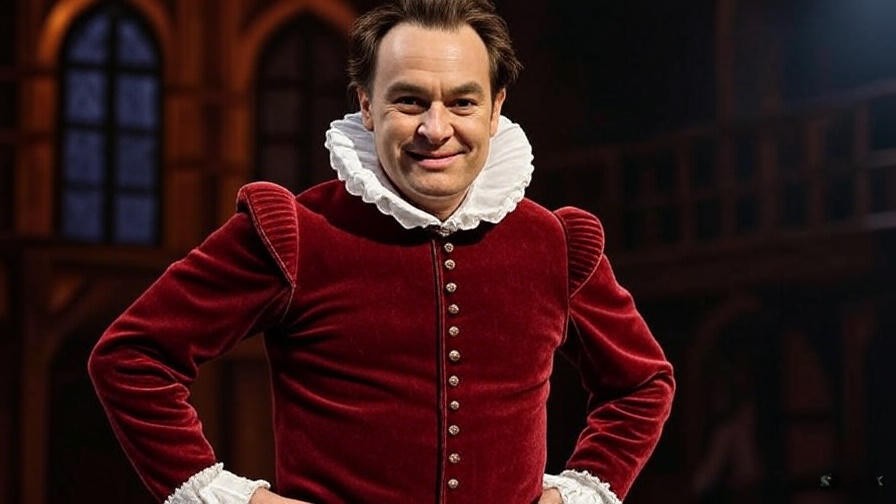
Romeo in Romeo and Juliet
In contrast, Romeo, the young Montague of Romeo and Juliet, is the quintessential romantic hero of Shakespeare’s tragedies. Driven by an all-consuming passion for Juliet, he defies family feuds and societal norms to pursue love. His impulsive nature and poetic devotion — epitomized in lines like “But soft, what light through yonder window breaks?” — define him as an idealistic dreamer. Romeo and Juliet, set in Verona, is a tragic tale of forbidden love and fate, with Romeo’s emotional intensity leading to both breathtaking romance and devastating consequences. His story resonates as a timeless exploration of youthful love and sacrifice.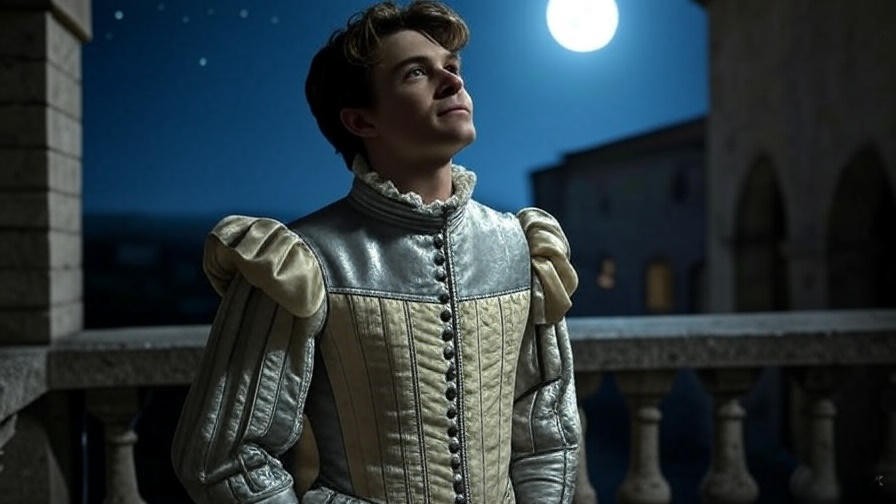
Why Compare Them?
Comparing Petruchio and Romeo offers a fascinating lens into Shakespeare’s diverse portrayals of romantic heroes. While Petruchio does not appear in Romeo and Juliet (addressing the focus keyword directly), the comparison is valuable for understanding Shakespeare’s range. Petruchio’s pragmatic, comedic approach to love contrasts sharply with Romeo’s tragic, idealistic passion. By examining these characters side by side, we uncover deeper truths about Shakespeare’s commentary on romance, power, and human nature. This analysis not only clarifies their distinct roles but also enriches our appreciation of Shakespeare’s genius in crafting multifaceted heroes.
The Romantic Hero Archetype in Shakespeare’s Works
Defining the Shakespearean Romantic Hero
In Shakespeare’s plays, a romantic hero is more than a lover — he’s a charismatic figure who drives the narrative through passion, agency, and often defiance of societal norms. Characters like Orlando in As You Like It or Antony in Antony and Cleopatra share traits with Petruchio and Romeo: charm, determination, and a willingness to risk everything for love. Yet each hero reflects a unique facet of romance, shaped by the genre of their play. Petruchio’s comedy and Romeo’s tragedy highlight Shakespeare’s ability to adapt the romantic hero archetype to different emotional landscapes.
Petruchio as a Pragmatic Romantic
Petruchio’s approach to love is strategic and performative, rooted in social ambition as much as affection. He seeks to marry Katherina not only for her dowry but also to assert his dominance in a patriarchal society. His “taming” tactics — from outwitting her in verbal sparring to controlling her environment — are calculated, yet laced with humor and charisma. As scholar Jean E. Howard notes, Petruchio’s actions reflect Elizabethan views on marriage as a social contract, but modern audiences often grapple with his manipulative streak. Is his love genuine, or merely a means to an end? His complexity lies in this ambiguity, making him a pragmatic romantic who thrives in the comedic chaos of The Taming of the Shrew.
Romeo as an Idealistic Romantic
Romeo, by contrast, embodies the idealistic romantic, consumed by passion and unconcerned with practicality. His love for Juliet transcends social barriers, defying the Montague-Capulet feud with reckless abandon. His poetic language, as literary critic Harold Bloom observes, elevates him as a symbol of youthful, transcendent love. Yet his impulsivity — from his swift shift from Rosaline to Juliet to his fatal decisions — underscores the dangers of unchecked emotion. Romeo’s story is a cautionary tale of love’s power to inspire and destroy, cementing his place as a tragic romantic hero.
Common Threads and Key Differences
Both Petruchio and Romeo are driven by love, but their motivations diverge sharply. Petruchio seeks control and social advancement, achieving a comedic “victory” through his marriage to Katherina. Romeo, however, pursues a transcendent ideal, leading to his tragic demise. Their shared charisma and defiance of norms make them compelling, but their outcomes reflect their genres: Petruchio’s calculated triumph in comedy versus Romeo’s emotional downfall in tragedy. This contrast reveals Shakespeare’s nuanced exploration of love as both a strategic game and a consuming force.
Love, Power, and Gender Dynamics
Petruchio’s Power Play in Love
Petruchio’s pursuit of Katherina is a masterclass in power dynamics. His “taming” strategy — depriving her of food, sleep, and autonomy — reflects the patriarchal norms of Elizabethan England, where marriage often reinforced male authority. Yet some interpretations, like the 2003 Globe Theatre production, suggest a mutual understanding between Petruchio and Katherina, portraying their dynamic as a playful battle of wits. Modern feminist critics, however, challenge Petruchio’s methods as coercive, sparking debate about whether his love is genuine or manipulative. This tension makes Petruchio a fascinating lens for examining power in relationships.
Romeo’s Surrender to Love
Romeo’s approach to love is the opposite: a complete surrender to emotion. He defies the Montague-Capulet feud, risking everything for Juliet. His actions — from sneaking into her garden to marrying in secret — prioritize passion over power. As seen in Baz Luhrmann’s 1996 film adaptation, Romeo’s intensity resonates with modern audiences, but his impulsivity also leads to tragedy. Unlike Petruchio, who seeks to control his circumstances, Romeo is controlled by fate and his own heart, highlighting a different facet of Shakespeare’s exploration of love and agency.
Elizabethan Context and Modern Relevance
In Elizabethan England, audiences likely viewed Petruchio’s dominance as humorous and Romeo’s passion as noble, reflecting the era’s gendered expectations. Today, feminist readings critique Petruchio’s control while romanticizing Romeo’s devotion, though both characters face scrutiny for their flaws. To analyze these dynamics, readers can:
- Study the text: Focus on key scenes to uncover subtext in character interactions.
- Explore adaptations: Compare how different productions interpret gender roles.
- Engage with scholarship: Read feminist critiques to deepen understanding.
These characters remain relevant because they mirror timeless questions about love, power, and identity in relationships.
Language and Performance: Bringing the Heroes to Life
Petruchio’s Witty Wordplay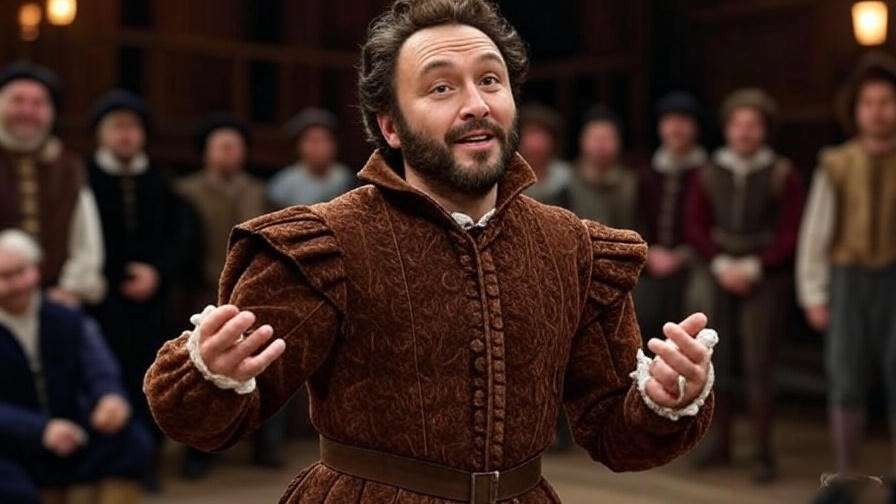
Petruchio’s language is a weapon, wielded with precision and humor to assert his dominance and charm. His verbal sparring with Katherina in The Taming of the Shrew (Act 2, Scene 1) showcases his quick wit, as he counters her insults with playful retorts: “If I be waspish, best beware my sting.” This exchange, rich with double entendres, reveals his rhetorical skill and ability to command attention. Theater director Emma Rice, in her 2016 Globe production, emphasized Petruchio’s charisma, noting that his language makes him “irresistibly magnetic, even when problematic.” His bold dialogue not only drives the comedy but also underscores his strategic approach to love, making him a dynamic figure on stage.
Romeo’s Poetic Passion
Romeo’s language, by contrast, is the heartbeat of Romeo and Juliet, drenched in poetic fervor that captures the ecstasy and agony of love. The balcony scene (Act 2, Scene 2) is iconic, with lines like “Juliet is the sun” painting him as a dreamer lost in devotion. Literary critic Stephen Greenblatt praises Romeo’s “lyrical intensity,” which elevates his passion to near-mythic status. His metaphors and sonnets, shared with Juliet, create a private world of love that defies Verona’s violence. Directors like Franco Zeffirelli (1968 film) amplify this poetry through tender visuals, ensuring Romeo’s words resonate with audiences across centuries.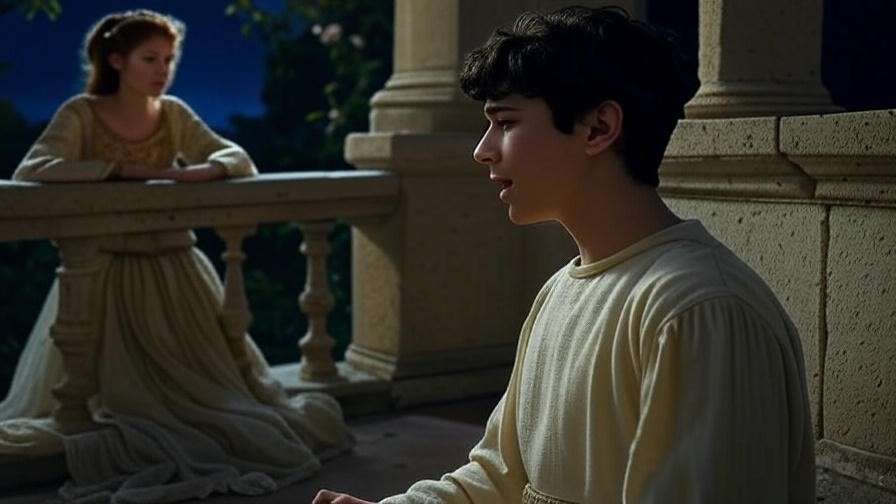
Stage Interpretations
The stage brings Petruchio and Romeo to life in wildly different ways, shaped by directors’ and actors’ choices. For Petruchio, traditional productions often lean into his swagger, as seen in the 1980 BBC adaptation, where John Cleese’s bombastic performance made him a comedic tyrant. Modern stagings, like the 2019 Royal Shakespeare Company production, reframe him as a partner in a mutual game, softening his edges. Romeo, meanwhile, is often portrayed as a youthful idealist, with Leonardo DiCaprio’s raw vulnerability in Baz Luhrmann’s 1996 film contrasting Kenneth Branagh’s more restrained 1967 stage version. These varied interpretations highlight the characters’ versatility, inviting audiences to rethink their motives. To engage with these performances, readers can:
- Attend live theater: Local or regional productions offer fresh takes on these classics.
- Watch adaptations: Stream films or recorded performances to compare directorial visions.
- Discuss with peers: Join a book club or theater group to share insights.
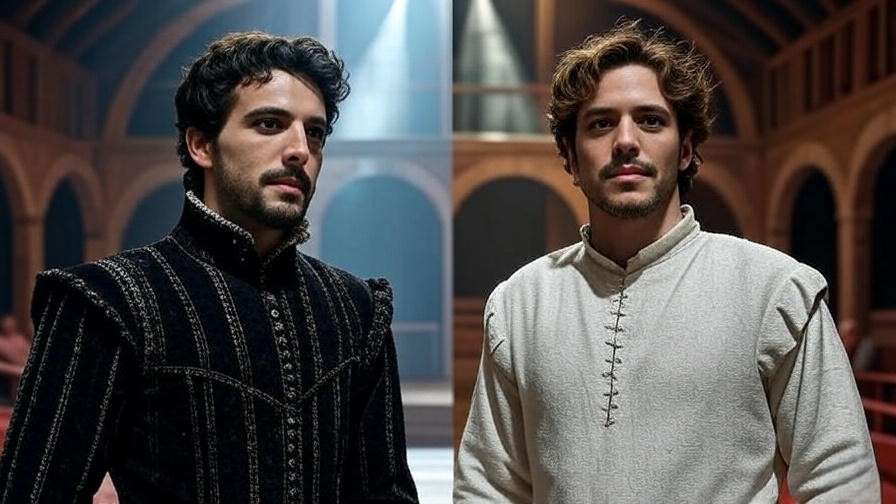
Lessons from Petruchio and Romeo for Today’s Readers
What Petruchio Teaches Us About Relationships
Petruchio’s approach to love, while controversial, offers lessons in confidence and resilience. His unshakeable self-assurance allows him to navigate challenges with humor, a trait modern readers might admire in healthier contexts. However, his manipulative tactics — starving Katherina or denying her autonomy — are rightly criticized today. Some scholars, like Carol Rutter, argue that Petruchio and Katherina’s dynamic hints at mutual respect by the play’s end, suggesting a complex partnership. Readers can apply Petruchio’s boldness by:
- Embracing confidence: Approach relationships with self-assuredness, not control.
- Using humor: Lighten tense moments with wit, fostering connection.
- Reflecting critically: Recognize unhealthy power dynamics and prioritize mutual respect.
What Romeo Teaches Us About Love
Romeo’s story is a double-edged sword: a celebration of passionate love and a warning of its dangers. His devotion to Juliet inspires, showing the courage to defy societal constraints for love. Yet his impulsivity — rushing into marriage and violence — leads to tragedy. As critic Marjorie Garber notes, Romeo’s story reminds us that “love without reason can be as destructive as it is beautiful.” Readers can draw from Romeo by:
- Embracing passion: Let love inspire bold, authentic choices.
- Balancing emotion: Pair passion with reflection to avoid rash decisions.
- Valuing communication: Like Romeo and Juliet’s secret vows, open dialogue strengthens bonds.
Why These Characters Still Resonate
Petruchio and Romeo endure because they reflect universal truths about love and human nature. Petruchio’s pragmatism speaks to those navigating societal expectations in relationships, while Romeo’s idealism resonates with dreamers chasing transcendent love. Both grapple with power, identity, and societal pressure, themes that echo in modern debates about gender, autonomy, and commitment. Their stories, whether comedic or tragic, challenge us to examine our own approaches to love and the forces shaping them.
FAQs About Petruchio, Romeo, and Shakespeare’s Romantic Heroes
Is Petruchio a character in Romeo and Juliet?
No, Petruchio is from The Taming of the Shrew, a comedy by Shakespeare, while Romeo is from Romeo and Juliet, a tragedy. The confusion may arise from their shared Verona setting, but they are distinct characters in separate plays.
How do Petruchio and Romeo compare as romantic heroes?
Petruchio is a pragmatic, controlling figure who uses wit and strategy to “tame” Katherina, achieving a comedic resolution. Romeo is an idealistic dreamer, driven by passion for Juliet, leading to a tragic end. Both are charismatic but reflect contrasting approaches to love.
Are Petruchio and Romeo still relevant to modern audiences?
Absolutely. Petruchio raises questions about power and gender in relationships, while Romeo embodies the timeless allure and risks of passionate love. Their stories spark discussions about love, identity, and societal norms today.
How can I analyze Shakespeare’s characters like an expert?
- Read closely: Focus on dialogue and subtext in key scenes.
- Watch performances: Explore how actors interpret these roles in films or theater.
- Engage with scholarship: Read works by critics like Harold Bloom or Jean E. Howard.
- Join discussions: Participate in study groups or online forums to share insights.
Petruchio and Romeo, though from different worlds of comedy and tragedy, embody Shakespeare’s masterful exploration of love’s complexities. Petruchio’s strategic charm and Romeo’s poetic passion offer contrasting visions of the romantic hero, each revealing timeless truths about power, identity, and devotion. By comparing their stories, we gain a deeper appreciation for Shakespeare’s ability to craft characters that resonate across centuries. Dive into The Taming of the Shrew and Romeo and Juliet — read the texts, watch a performance, or join a Shakespeare study group to uncover their magic for yourself. Which hero speaks to you more: the bold pragmatist or the passionate dreamer?




